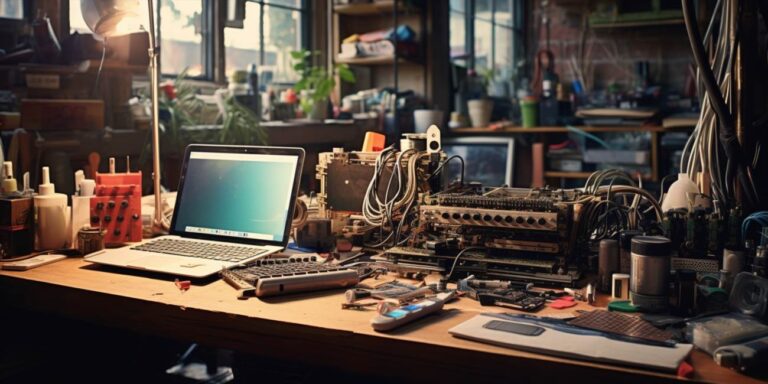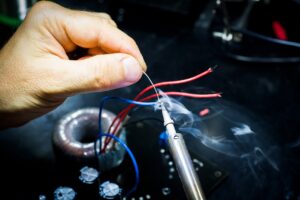Welcome to our in-depth guide on Arduino serial communication. In this article, we will explore various aspects of working with serial communication on Arduino, including UART interfaces, boolean variables, and serial ports. Whether you’re a beginner or an experienced Arduino enthusiast, this guide will help you understand and harness the power of serial communication in your projects.
Understanding arduino serial communication
Arduino serial communication is a crucial aspect of many projects, allowing your Arduino board to communicate with other devices, sensors, or even your computer. Serial communication involves sending and receiving data in a specific format over a serial port. Let’s dive into the key components and concepts:
Uart interface
UART (Universal Asynchronous Receiver/Transmitter) is the hardware communication protocol that Arduino boards use for serial communication. It enables the Arduino to transmit and receive data one bit at a time, making it a reliable method for data exchange.
Port arduino
The „Port Arduino” refers to the specific hardware port on your Arduino board that is used for serial communication. On most Arduino boards, you will find digital pins labeled „RX” and „TX” (Receive and Transmit), which are used for serial communication.
Working with boolean variables on arduino
Boolean variables play a significant role in Arduino programming. They represent two states: true and false, which can be extremely useful for decision-making and conditional statements in your code.
Arduino boolean
An Arduino boolean variable can hold one of two values: true or false. For example, you can use boolean variables to check the status of a sensor, control the flow of your program, or toggle an LED on and off.
Arduino zmienne
Arduino Zmienne, which translates to „Arduino Variables” in English, are fundamental to storing and manipulating data in your Arduino programs. You can use variables to store information such as sensor readings, calculated values, or states of digital pins.
Configuring serial communication
Now that we’ve covered the basics, let’s learn how to configure serial communication on an Arduino board:
Arduino serial port
The Arduino Serial Port is where you set up the communication parameters, such as baud rate, data bits, stop bits, and parity. These settings must match the configuration of the device you’re communicating with. You can configure the serial port using the `Serial.begin()` function in your Arduino sketch.
Using uart on arduino uno
If you’re using an Arduino Uno, you can take advantage of the built-in UART hardware support. The Uno has one hardware serial port (Serial) and can communicate with other devices seamlessly.
Frequently asked questions
What is uart in arduino?
UART in Arduino stands for Universal Asynchronous Receiver/Transmitter, and it is a hardware communication protocol used for serial communication between Arduino boards and other devices.
How do i use boolean variables in arduino programming?
To use boolean variables in Arduino programming, declare a variable with the `bool` data type and assign it either `true` or `false` values. You can then use these variables for decision-making in your code.
What is the purpose of configuring the serial port on arduino?
Configuring the serial port on Arduino is essential to ensure that the communication parameters, such as baud rate and data format, match those of the device you are communicating with. This ensures reliable data exchange between devices.
Can i use multiple serial ports on an arduino board?
Most Arduino boards have one hardware serial port, but you can emulate multiple serial ports using software libraries if needed. However, hardware serial ports are typically more reliable for critical communication tasks.
With this comprehensive guide, you now have a solid understanding of Arduino serial communication, UART interfaces, boolean variables, and how to configure the serial port on an Arduino board. These skills will be invaluable as you embark on your Arduino projects and experiments. Happy tinkering!
Zobacz także:






